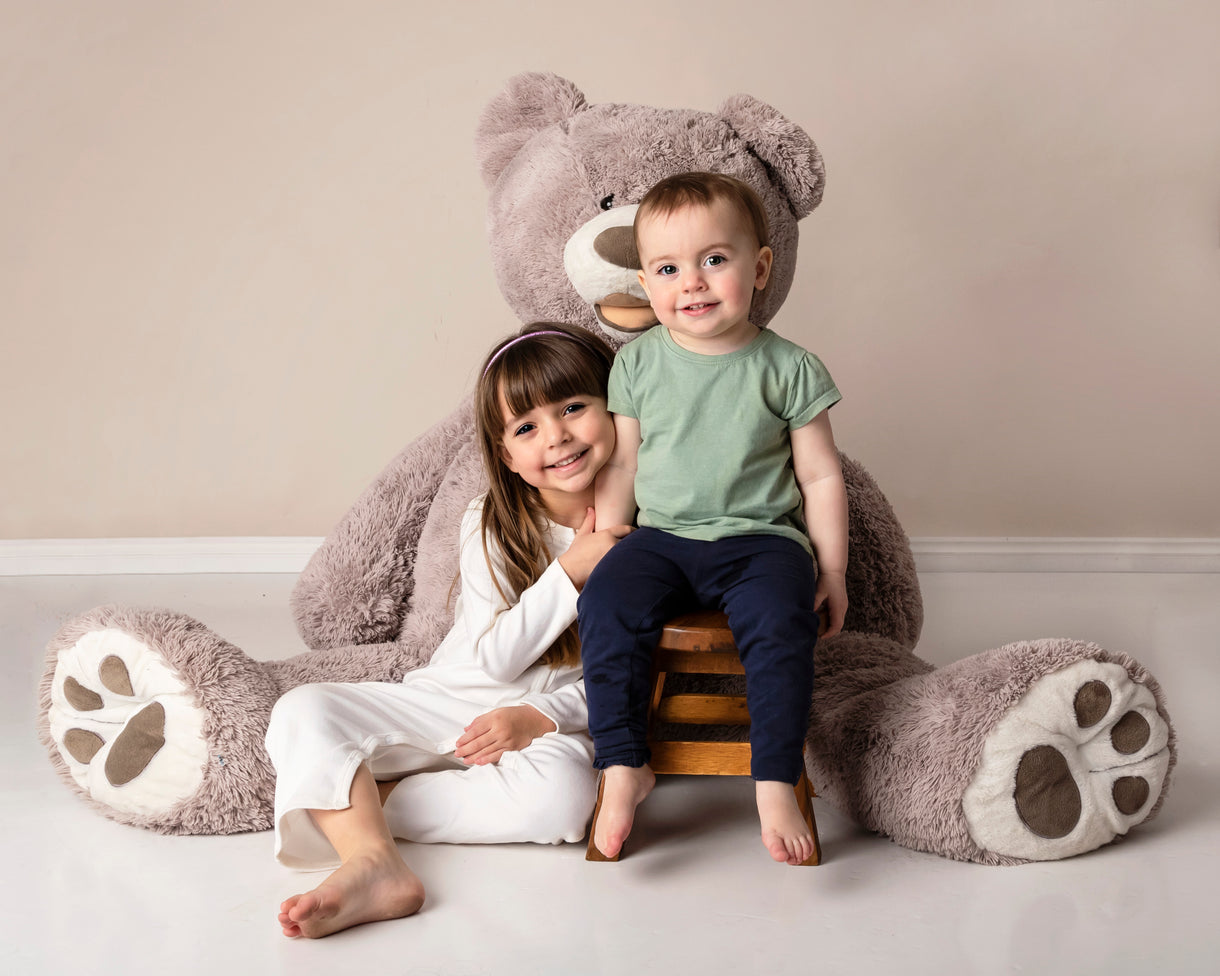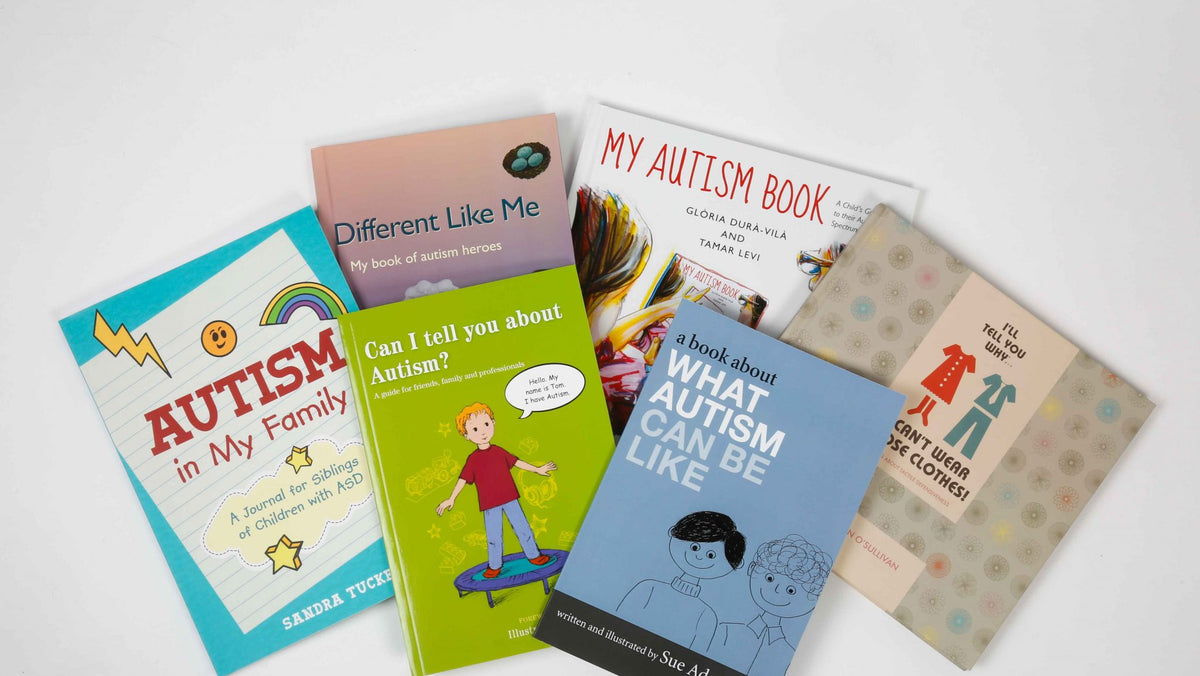What Is Sensory Clothing & How Can It Improve Your Child’s Quality Of Life

People ask us – what is sensory clothing? Most people think about clothes in terms of style and design, but few really think about the actual fabrics that they wear and how it feels against the skin.
That, sadly, is not the case for children with Sensory Processing Disorder (SPD) and autism, however.
Meta Auden, founder of Spectra Sensory clothing ( Now Purchased Helen Clawson under her brand Adaptive Clothing UK ) explained: “While some children will appreciate the tactile stimulation that some clothing will offer them, others will find that their clothing creates an unpleasant tactile sensation.
“Many children will appreciate a sensory-preoccupying layer of clothing that acts as protection against the outside world, other children with SPD and autism will find clothing stiff, itchy and, at times, almost unbearable.
“It’s not just about the materials used in their clothing, either, children can also be affected by the way in which an item of clothing fits their body.”
According to Meta, who is currently working with her customers to provide a range of sensory clothing for school uniforms, an unpleasant, tactile sensation can also be made even worse by accessories attached to the clothing, such as metal attachments and seams, which can cause a child to itch and scratch.
She added: “The situation can be made even worse if a child is not very communicative and is unable to articulate their discomfort, so it goes without saying that finding the right type of sensory-friendly clothing can be an absolute lifesaver for a child.”
Sensory clothing
Sensory friendly clothing is clothing that is specifically designed for children with sensory issues. In general, it tends to be tagless, seamless and has accessories or fastenings that are much more pleasant against a child’s skin. A child, for example, who doesn’t like to feel the seam of their socks against their ankles will enjoy the benefits that seamless socks can provide.
Meta said: “The ‘bottom layer’ of clothing is obviously the most important aspect of sensory clothing since it is the layer that is in direct contact with the skin. The right underwear, for example, can make the difference between a day of fun and a day of discomfort and irritation for a child.
“When it comes to the ‘middle layer’ – items such as shirts and trousers – it’s vitally important for a child to avoid materials that will irritate their skin. If the weather is fine, then loose, baggy shorts are a great idea, while loose-necked T-shirts are preferable to buttoned-up or ‘tight-necked’ items, such as polo neck jumpers or fitted shirts.
“Lightweight compression materials such as cotton are the best option for these items, with stretchy cotton a particularly good choice, since it enables easy, irritation-free movement.
“The’ top layer’ is the one which can feature heavier compression materials since these can be easily put on and taken off as required, and providing easy access for a child.”
How it can improve your child’s quality of life
Meta, whose daughter Kirsty is Autistic said: “Parents of a child with SPD and autism, will be only too aware of the problems that their child may be experiencing with their clothing. From refusing to wear certain items of clothing, to being visibly and audibly distressed while wearing others, the wrong type of clothing can be upsetting for both parent and child.
“Sensory clothing is one vitally important way in which you can help to alleviate your child’s distress and discomfort. Research has shown that sensory-friendly clothing can decrease a child’s stress levels, primarily since it greatly reduces – or removes completely – the irritation that ‘ordinary’ clothing can cause to their skin.”
Meta added that compression clothing can act as a type of weighted blanket for your child since it helps to make them grounded and to reconnect with the world around them.
“Children with SPD and autism have enough to deal with on a daily basis without having to cope with the discomfort and distress caused by their clothing. By opting for sensory clothing, you can help to remove the aggravation caused by your child’s clothing and enable them to feel comfortable both in their clothing – and in their own skin” said Meta.
Originally written By Meta Auden Spectra Sensory Clothing




